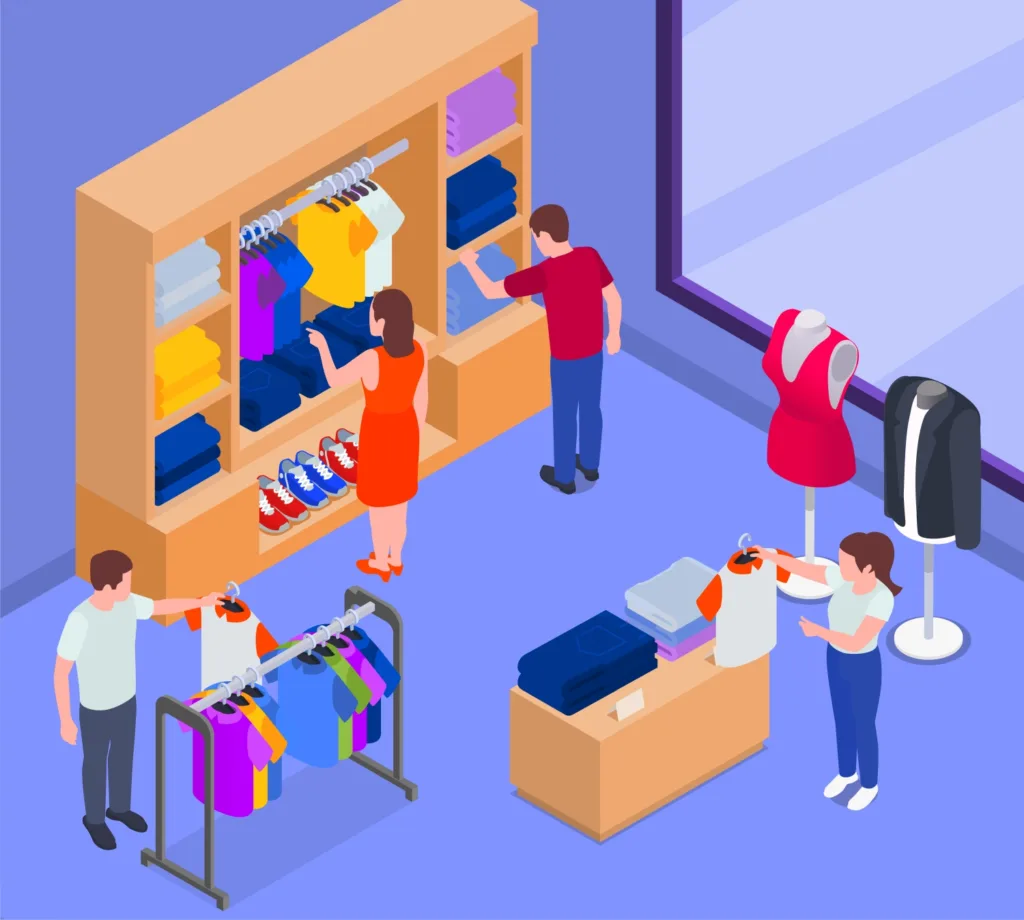How RetailCore’s Stock Audit Feature is Saving Retail Store Owners Money, Time & Worries
By retailcore
/ 06/05/2025
Retail store owners across India face a daily challenge — knowing exactly what’s in their store and what’s missing. Whether...
Read More
Why Starting a Fashion Jewellery Retail Store in India is a Smart Business Move
By retailcore
/ 22/04/2025
Are you planning to start your own retail business in India? If yes, fashion jewellery is one of the most...
Read More
The Best Barcode Label Software for Fashion Jewellery Stores in India
By retailcore
/ 05/04/2025
Running a fashion jewellery shop in India is an exciting business, full of beautiful products and happy customers. But keeping...
Read More





